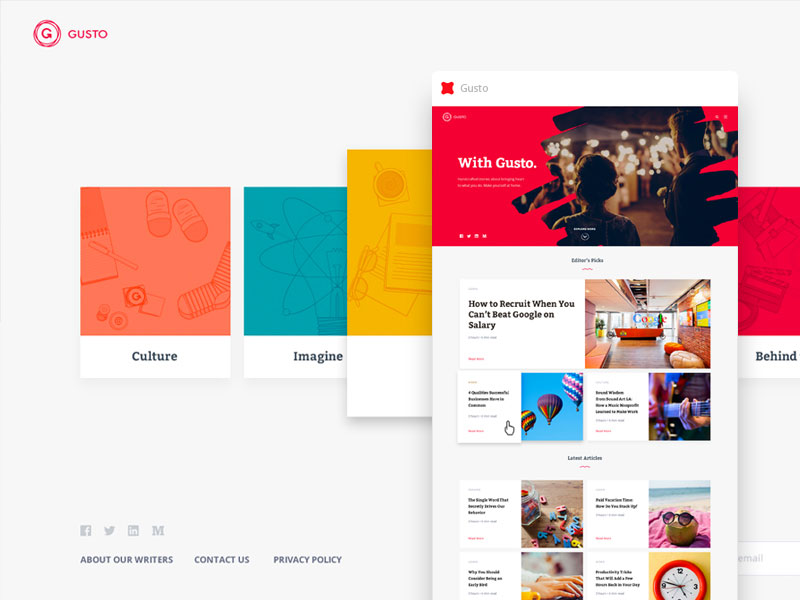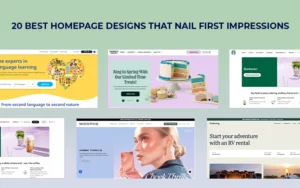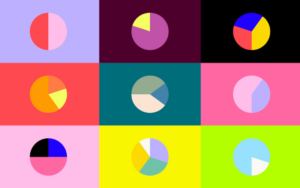You cannot always be certain about the expectations of the people who will visit website. In such situations, this article comes in handy, helping you not only to discover these user expectations but also to ensure their transformation into reality. You’ll learn about user centric product design.
It is only normal that great designers distinguish themselves from those who are just good. For example, it is clear that a design company can be termed as “great”, as it acknowledges the expectations of the users (whether we are talking about web or app design).
Consistency is one of the most important traits of a good designer. It can help one meet the expectations of potential users and thus leads to 100% satisfaction.
If you have decided to hire a company to handle your user centric product design needs (website/app), you have to make sure that their main focus is understanding the expectations of the customer. If this is not the case, perhaps you should go on, looking for a company that suits your needs.
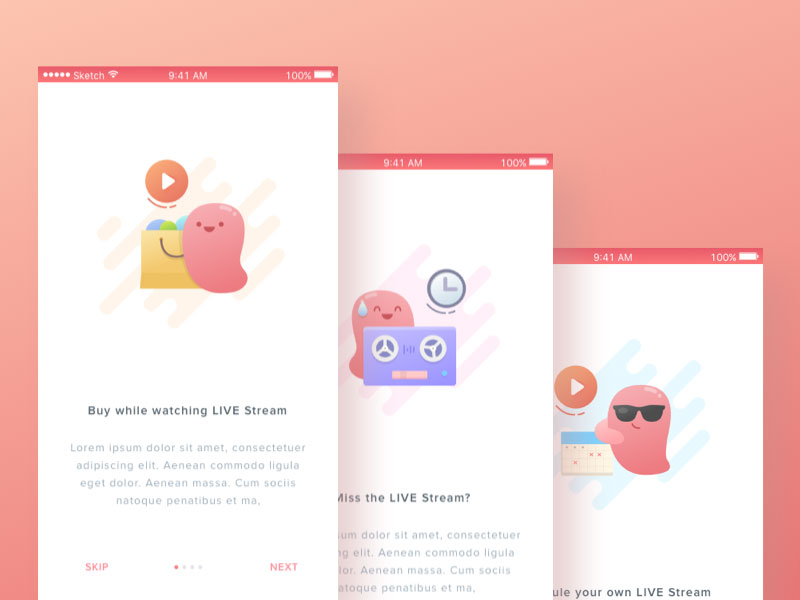
Table of contents
Consistency Is Important For User Oriented Design
The easier your user centric product design is, the easier it will be for the users to interact with it and learn how to use it.
When consistency is ensured for the good user interface, the users will enjoy a degree of predictability, meaning they will get comfortable with the functions provided without requiring additional assistance.
Check out this blog to get detailed insights about user experience design.
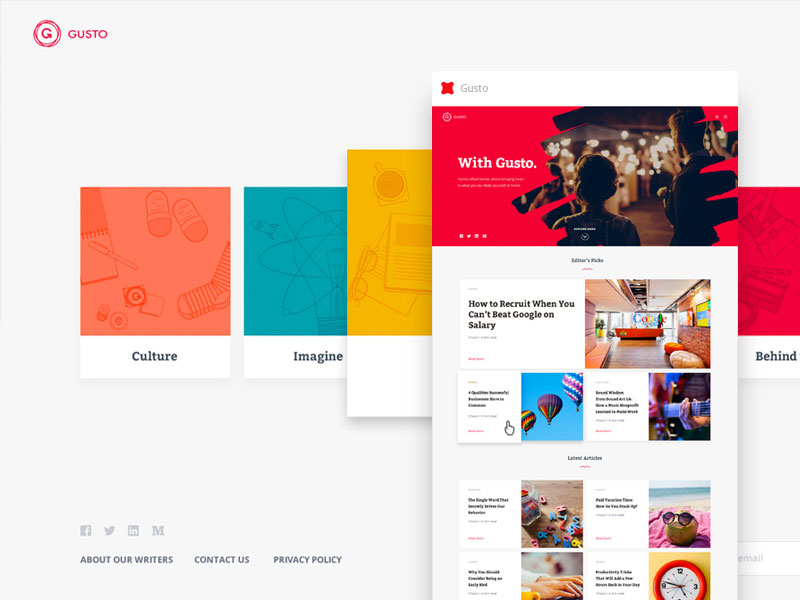
When you reduce the degree of complexity, you increase the amount of enjoyment that can be derived from using the website or app in question. As the user is not forced to process difficult information, it is clear that the level of entertainment is going to be high.
In a situation where consistency is not ensured, it will cause the user to experience a number of difficulties in using the respective website or application. These users are going to become frustrated and annoyed, describing the experience as negative.
If the number of negative experiences is too high, you will risk the user avoiding using the application altogether. Or, it is possible that he/she will leave a negative performance-related review online.
When thinking about consistency, you have to understand that users think about such matters. It is not sufficient to ensure consistency throughout your web page or app user focused design, you need to guarantee that this type of consistency is maintained in accordance to the expectations of the users (and the general context).
Pre-Design Testing
If you want to ensure a correct understanding of the user expectations and also to verify your presumptions, you need to consider usability testing. These tests should be performed before and during the actual process of design, helping you maintain the desired consistency.
In this article, you will find information on the tests recommended in the pre-design period. Three of the most helpful tests are presented in detail below: card sorting, user interviews and heuristic interviews.
Card Sorting
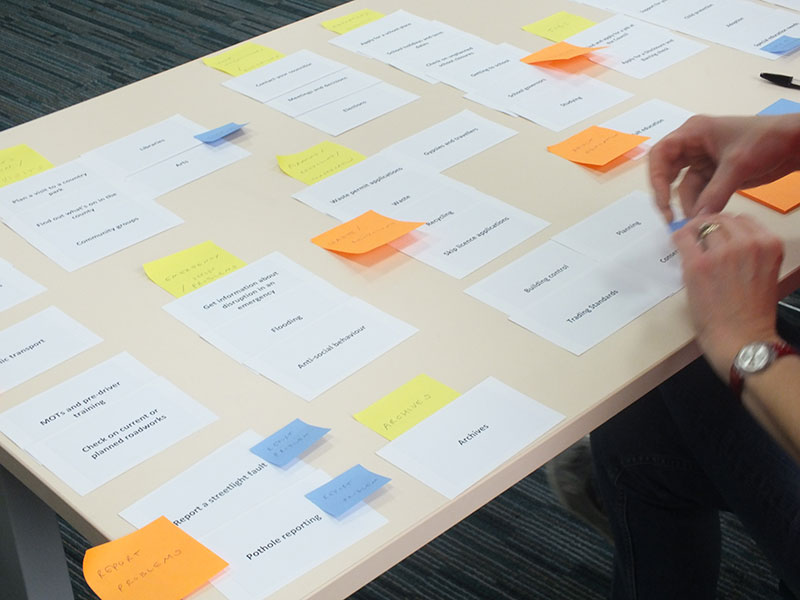
It is possible to conduct card sorting from a remote location and through the Internet, thanks to the present day technology. This pre-design test also allows one to collect information from a large number of participants, which ensures the gathering of statistic data.
The online card sorting exercise requires that the participant to the testing sort various items into categories, after being presented with them. These items can either be words or phrases.
There are two types, depending on who is actually defining the categories. First, there is the open card sort, in which the participant to the testing defines the categories. Then, there is the closed card sort, in which the categories are pre-defined by the researcher himself/herself.
It is through this method of testing that the researcher is able to understand the way information is organized and understood by the user in question.
Often times, card sorting is used with the purpose of providing information about a certain product. It is also an integrated part of the user centric product design/redesign process.
Also read: How To Get Your Users To Sign Up
Remote online testing is often chosen because of the many benefits that come with this type of methodology. Among the existing benefits, there are:
- Easy selection process for study participants, with a larger selection pool available online
- Cost-effective recruitment process (over the Internet)
- There is complete freedom for the users participating to the testing in question. They can perform the exercises, taking as much time as they need (and when they are able to)
- Can be used to collect information from an area that would have been otherwise difficult, if not impossible, to reach
- Source diversification is guaranteed through remote user testing.
Also read: How To Create A Familiar User Interface Design For The Users
User Interviews
When it comes to the user interviews, you can decide how complex they are going to be or how much you are willing to invest in them. You can also decide whether the users are going to come to you or the other way around. It is even possible to conduct your user interviews through Skype, taking advantage of the current technology.
In preparing your questions for the interview, you have to refrain from asking questions that are specifically related to the actual user centric product design process. For example, no one likes to be asked about infinite scrolling or tab preferences.
Instead, you can re-direct your questions towards another area, making sure that you obtain information about the routine and necessities of the users. In this way, you can make the necessary changes to your design, so that it is welcomed in the best possible way by the user.
Let’s take a practical example, in order to understand the idea a little bit better. If you were to design a new blog CMS, it might be a good idea to ask your users what they like about the blog in question. You might be surprised to discover that the distraction free mode is quite popular due to the fact that it guarantees improved focus for the actual writing process.
Based on the answers provided by the users, you can bring these changes to your own blog. Such as the toggling option for the interface’s appearance. Through the said information, you have obtained information on how satisfied users are with the current user centric design. It might be a good idea to remember this feedback. You can use it to ensure consistency throughout your user centred design process
Heuristic Assessment
The heuristic assessment can be defined as a type of usability-related inspection, in which experts in the field evaluate the elements of a specific user interface (in accordance to the existing usability-related heuristics). This type of assessment resembles expert evaluation. With the difference that it does not rely on the usage of distinct heuristics.
In general, the evaluation of the system is performed by a number of analysts, in respect to pre-existing guidelines/principles. These analysts will write down their conclusions, giving each observation a ranking (in accordance to how severe it is).
It is a known fact that these are people who have experience when it comes to human factors (HCI). However, less experienced people have also performed effective assessments, identifying a number of existing problems.
It is important to remember that this assessment can be performed at any moment in the development process. However, it is recommended that an assessment be performed at the beginning so as to provide a context analysis.
Such an evaluation will allow experts to put things in perspective in relation to the actual purpose for which the product is going to be used. Only a slight modification will be required for this process.
Also read: Design for Emotion: How to Create a Connection with Users
Field Assessment For User Centered Design
You need to identify the field (or fields) in which you will encounter your competition. At the same time, you need to make an effort and identify the fields in which you might be better than the competition.
Among the potential fields, you can find the following: usage simplicity, satisfaction of user objectives, aesthetics and general appearance, target audience etc. Other areas might be included in the same category. Such as: user input simplicity, navigation’s complexity, copy clarity, system feedback effectiveness, visual impact and visual hierarchy.
The Above Criteria Should Be Used For A Proper Assessment
If possible, ask several people to visit the interface of your competition. Once they have seen it, you can also ask them to give each of the previously-listed fields a score (ranking). It might also be a good idea for the assessors to complete similar tasks, as this guarantees a better focus. In the situation that you do not have such possibilities, you can prepare a number of simple questions or visit the competition yourself (own ratings).
Create A Diagram With The Obtained Results
The visualization of the assessment results allows for a deeper and clearer understanding. For example, a graphic will permit you to efficiently organize the data you have obtained. The spider-web method, developed by Michael Hawley, is highly recommended. It can help you compare the obtained results in an effective manner.
Also read: Tips & Tricks to Optimize Your Website for Mobile Users
Results’ Comparison (consistencies and inconsistencies)
When you analyze the scores of your top competitors (side-by-side/overlapping), you have the possibility to better understand the expectations of the users. In such situations, it is recommended to use the overlapping format (developed by Leigh Howells, designer).
In Conclusion: User Centered Design

It is important to understand that the preferences and habits of the users have developed after years of using the Internet. You might be tempted to show your creative side in order to stand out from the crowd. But such actions might discourage the users from becoming loyal to your website.
Users do not like to feel annoyed or confused, even if it’s just for a matter of seconds. Moreover, they do not like to think too much about the actions they are undertaking on your website. This reduces the overall enjoyment level. You need to understand the expectations of the users in order to have a great final product.
Like this post? Check out more amazing web design content here.
